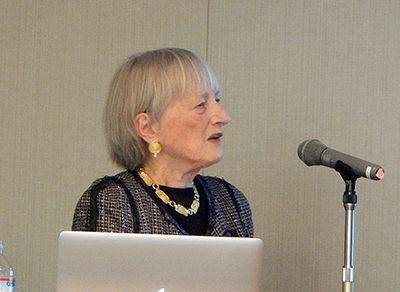Varicella-zoster virus (VZV) is the etiologic agent of varicella and herpes zoster (HZ); in nature, it is entirely a human pathogen.
Although VZV is extremely infectious and spreads readily from person to person, it is highly cell associated when propagated in vitro and is virtually unable to emerge from cells in an infectious form.
VZV causes a primary infection, varicella (chickenpox), during which the virus becomes latent in neurons.Viral route to ganglia is to be carried there in the T cells that transport VZV during the viremia associated with varicella.
The live, attenuated varicella vaccine was developed in Japan in 1974 by Takahashi. In 1995, recommendation for a single dose of the vaccine as part of the schedule for routine immunization in the United States.
The incidence of varicella fell by 90%, mortality from varicella declined by 66%, and rates of hospitalization for varicella decreased by 80% after introduction and routine use of the vaccine. Due to failure of seroconversion after 1 dose in roughly 20% of children, and also due to continuing outbreaks of varicella in schools, a two dose regimen was recommended in 2006.Second dose of vaccine was shown to protect 98%. Varicella vaccine has been shown to be extremely safe.
Both in adult and children , development of clinical HZ following varicella vaccination is significanty lower than after natural infection in immunocompromised and healthy vaccinees. Silent VZV reactivation may be part of the explanation for the observed long-term immunity against varicella.
WT VZV rather than the Oka strain is the cause of HZ in about 1/3 of vaccinated children who develop this illness. This is may be the result of asymptomatic VZV viremia occurring after exposure to WT VZV.
In autopsy studies of children who received single dose of Oka vaccine who subsequently died suddenly in accidents, studies of sensory ganglia revealed widespread latency with WT VZV. None of them had experienced varicella or HZ.
The presence of VZV in the human ENS, known as the “second brain”, occurs multiple intestinal disorders of unknown pathogenesis, such as irritable bowel syndrome, inflammatory bowel disease, idiopathic gastroparesis, and chronic intestinal idiopathic pseudoobstruction.
iWritten by Hisao Yoshidaj
